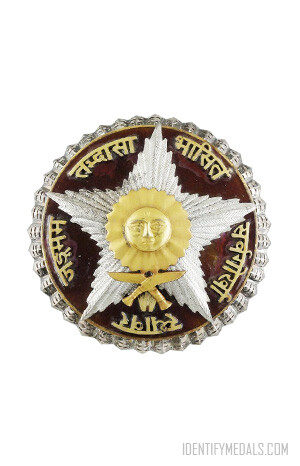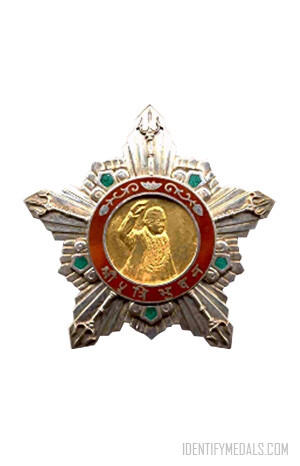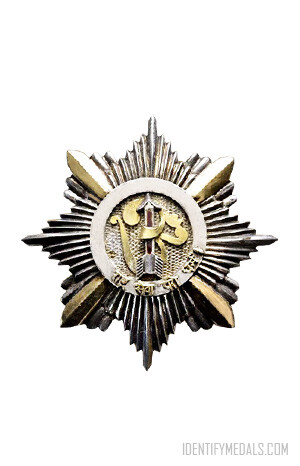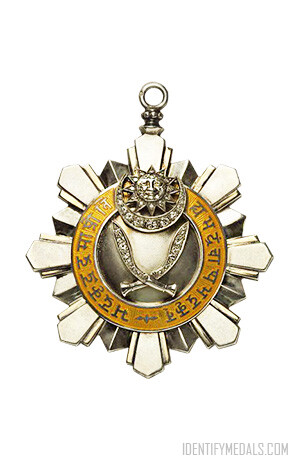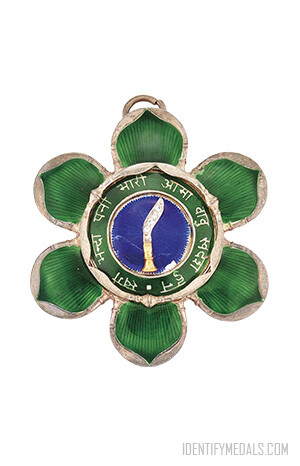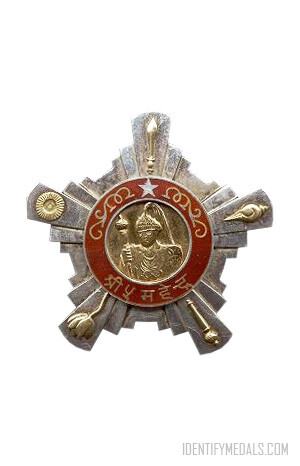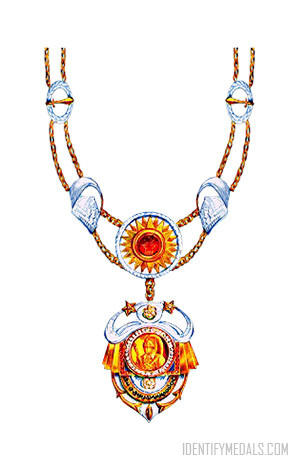The Most Puissant Order of the Gurkha Right Hand (or गोरखा दक्षिण बाहु; Gorkha-Dakshina Bahu in Nepali) was originally an order of knighthood established by King Prithvi in 1896. It was later revived and reformed by King Tribhuvan on September 7, 1932.
The award was conferred upon both military personnel and civilians, including foreign nationals, for distinguished contributions to the nation in various fields such as arts, literature, sports, science, and social service. It held the status of the second highest honor in the Kingdom of Nepal, following the Order of Tri Shakti Patta.
This order is composed of several ranks, including:
- The Sovereign (Parama-Suprasidha-Prabala-Gorkha-Dakshina-Bahu)
- The Grand Master (Ati-Suprasidha-Prabala-Gorkha-Dakshina-Bahu)
- Ordinary members, who are classified into five levels:
- 1. Suprasidha-Prabala-Gorkha-Dakshina-Bahu
- 2. Prasidha-Prabala-Gorkha-Dakshina-Bahu
- 3. Suprabala-Gorkha-Dakshina-Bahu
- 4. Prabala-Gorkha-Dakshina-Bahu
- 5. Gorkha-Dakshina-Bahu.
Additionally, the order includes a medal (Gorkha-Dakshina-Bahu-Padak) which was introduced by King Tribhuvan in 1936.
The Most Puissant Order of the Gurkha Right Hand Design
The ribbon associated with the order is officially designated as saffron in color. This distinctive hue not only adds to the ceremonial prestige of the award but also carries cultural and symbolic significance.
Saffron is a color deeply rooted in various traditions, often representing sacrifice, valor, and dedication, thus aligning perfectly with the honor’s purpose of recognizing distinguished contributions to the nation.

